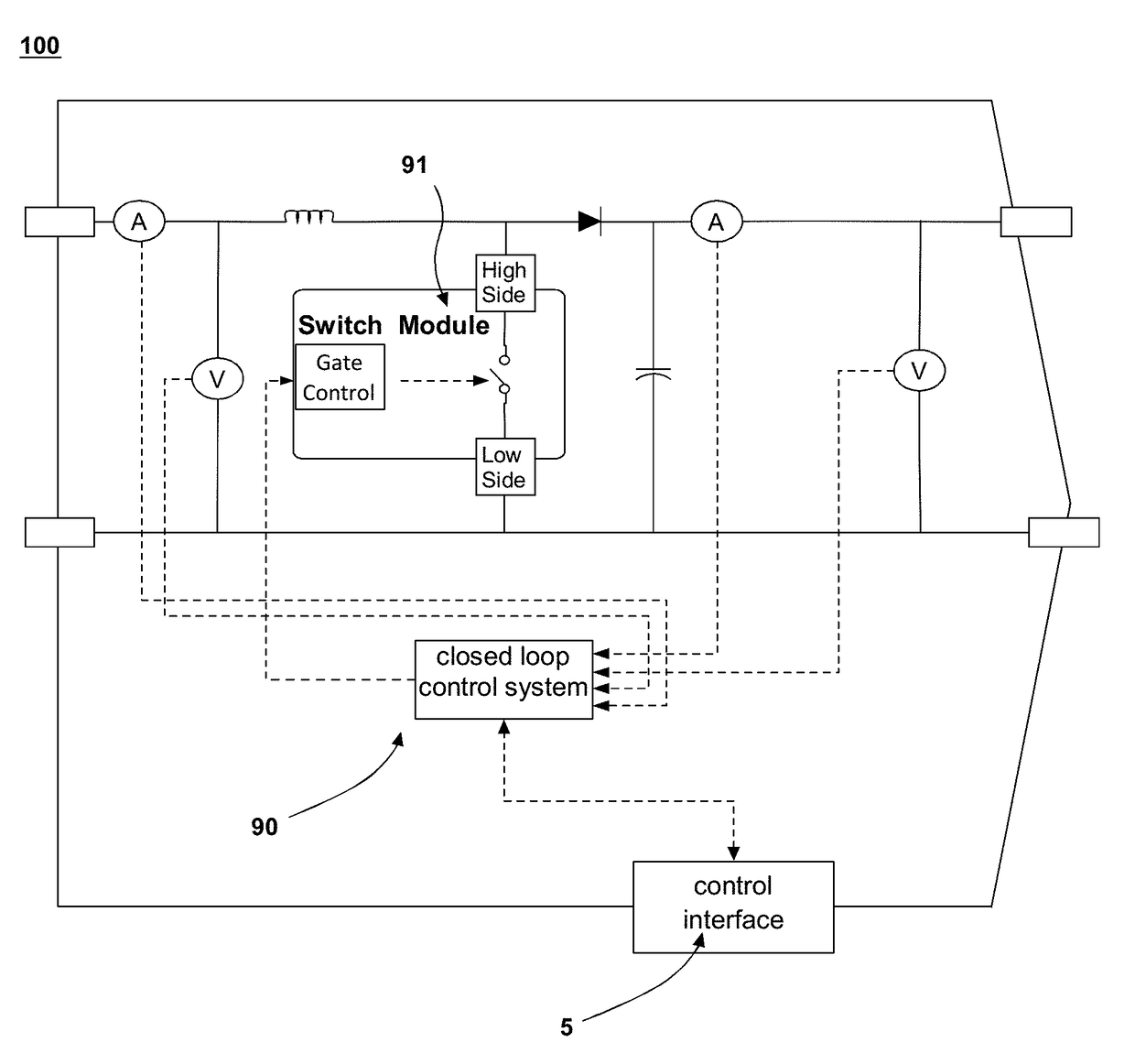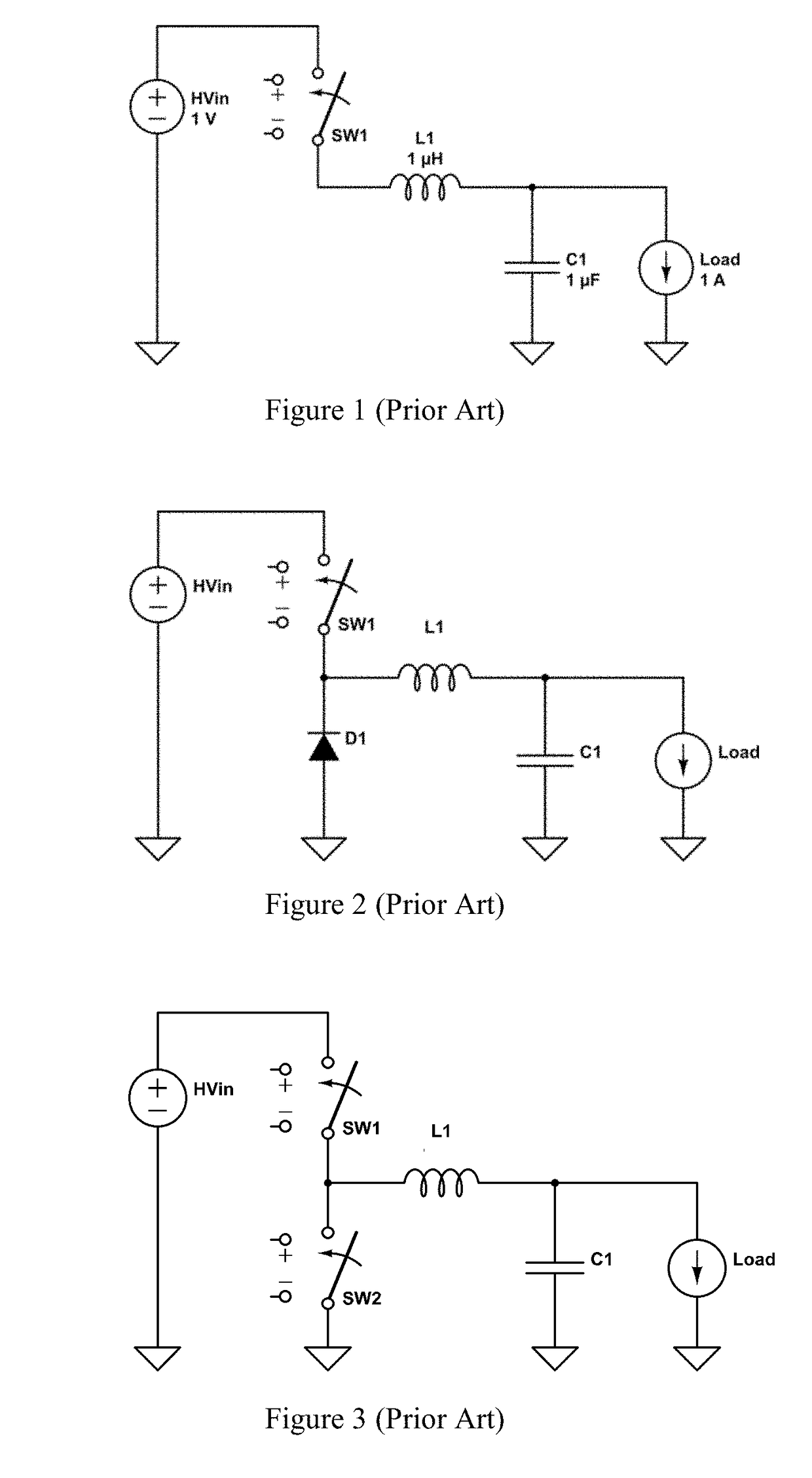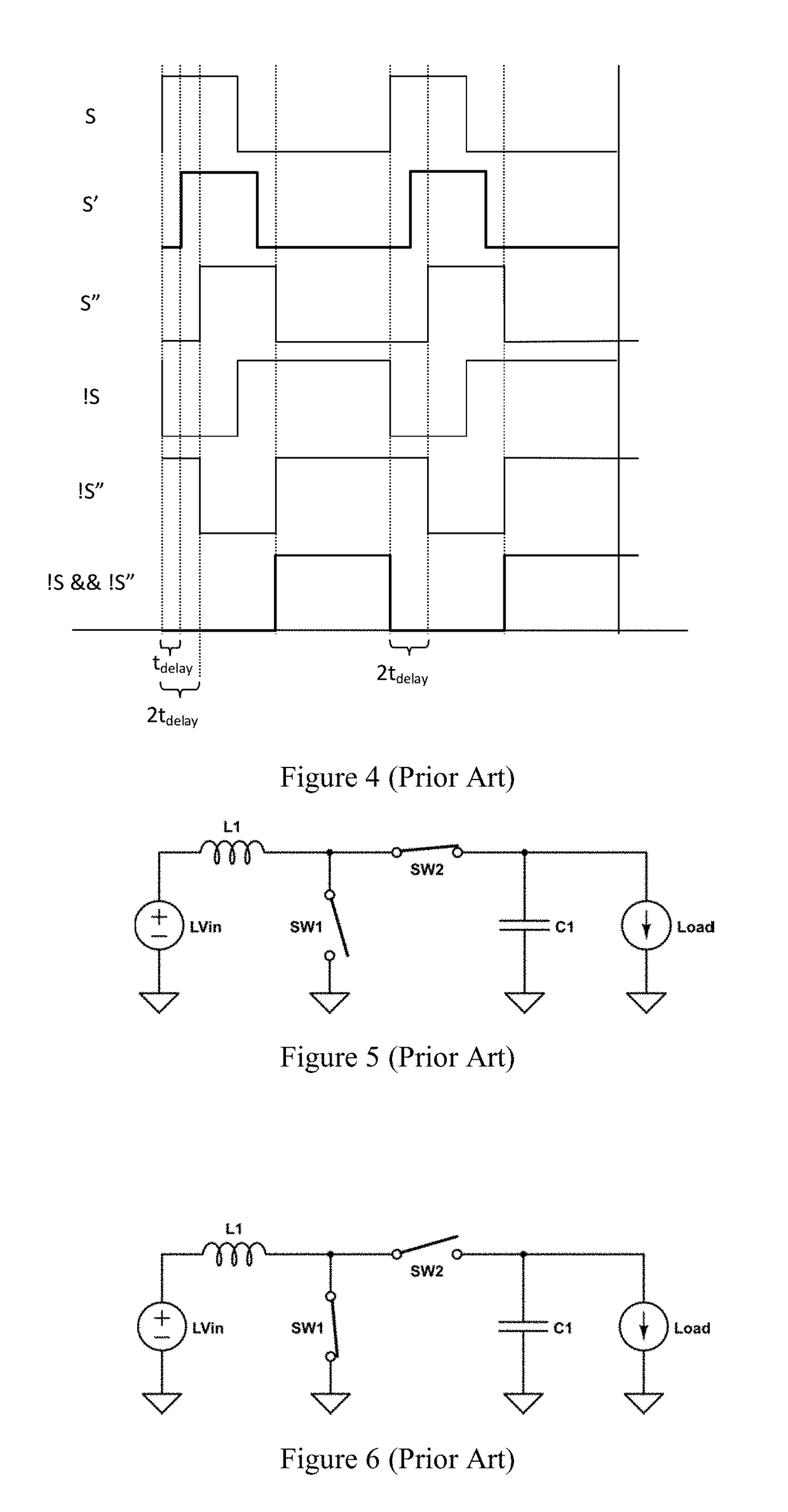Capacitor based power system and unmanned vehicle with the capacitor based power system thereof
a power system and capacitor technology, applied in the field of unmanned aerial vehicles, can solve the problems of high turn-on voltage of diodes, high voltage generation of reverse voltage, damage or destruction of switching elements,
- Summary
- Abstract
- Description
- Claims
- Application Information
AI Technical Summary
Benefits of technology
Problems solved by technology
Method used
Image
Examples
example 1
[0111]
[0112]Synthesis of 3,5-dihydroxybromobenzene: To a 50 mL reaction flask oven dried overnight at 90° C., 3,5-dimethoxybromobenzene (1.012 g, 4.662 mmol) was dissolved in anhydrous CH2Cl2 (8 mL) and placed in an ice water bath to cool for 10 minutes. To this chilled solution, BBr3 (10.2 mmol, 10.2 mL, 1 M in CH2Cl2) was slowly added over 5 minutes. Once this addition was complete, the reaction was removed from the ice water bath and allowed to warm in in air to room temperature and allowed to stir overnight. The reaction was confirmed to be completed after 18 hours by SiO2 TLC using 1:1 Hexanes:EtOAc. The reaction was placed back on an ice water bath to cool for 10 minutes before 1 mL of methanol was added to quench any unreacted BBr3 still present. This reaction mixture was washed with 10 mL of aqueous HCl (2 M) and extracted with EtOAc (3×10 mL). The organic fractions were collected and dried with Na2SO3 before being filtered. The crude reaction mixture was concentrated under ...
example 2
[0142]This Example describes synthesis of one type of Sharp polymer according following structural scheme:
[0143]The process involved in the synthesis in this example may be understood in terms of the following five steps.
a) First Step:
[0144]
[0145]Anhydride 1 (60.0 g, 0.15 mol, 1.0 eq), amine 2 (114.4 g, 0.34 mol, 2.2 eq) and imidazole (686.0 g, 10.2 mol, 30 eq to 2) were mixed well into a 500 mL of round-bottom flask equipped with a bump-guarder. The mixture was degassed three times, stirred at 160° C. for 3 hr, 180° C. for 3 hr, and cooled to rt. The reaction mixture was crushed into water (1000 mL) with stirring. Precipitate was collected with filtration, washed with water (2×500 mL), methanol (2×300 mL) and dried on high vacuum. The crude product was purified by flash chromatography column (CH2Cl2 / hexane=1 / 1) to give 77.2 g (48.7%) of the desired product 3 as an orange solid. 1H NMR (300 MHz, CDCl3) δ 8.65-8.59 (m, 8H), 5.20-5.16 (m, 2H), 2.29-2.22 (m, 4H), 1.88-1.82 (m, 4H), 1.4...
example 3
[0165]Carboxylic acid co-polymer P002. To a solution of 1.02 g (11.81 mmol) of methacrylic acid and 4.00 g (11.81 mmol) of stearylmethacrylate in 2.0 g isopropanol was added a solution of 0.030 g 2,2′-azobis(2-methylpropionitrile) (AIBN) in 5.0 g of toluene. The resulting solution was heated to 80° C. for 20 hours in a sealed vial, after which it became noticeably viscous. NMR shows <2% remaining monomer. The solution was used without further purification in film formulations and other mixtures.
PUM
 Login to View More
Login to View More Abstract
Description
Claims
Application Information
 Login to View More
Login to View More - R&D
- Intellectual Property
- Life Sciences
- Materials
- Tech Scout
- Unparalleled Data Quality
- Higher Quality Content
- 60% Fewer Hallucinations
Browse by: Latest US Patents, China's latest patents, Technical Efficacy Thesaurus, Application Domain, Technology Topic, Popular Technical Reports.
© 2025 PatSnap. All rights reserved.Legal|Privacy policy|Modern Slavery Act Transparency Statement|Sitemap|About US| Contact US: help@patsnap.com



